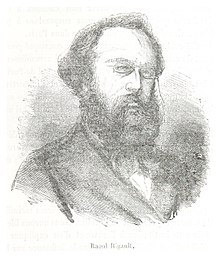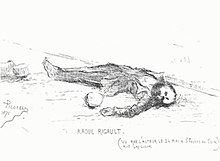A Jacobin was a member of the Jacobin Club, a revolutionary political movement that was the most famous political club during the French Revolution (1789–1799). The club got its name from meeting at the Dominican rue Saint-Honoré Monastery of the Jacobins. The Dominicans in France were called Jacobins because their first house in Paris was the Saint Jacques Monastery.

The Paris Commune was a French revolutionary government that seized power in Paris on 18 March 1871 and controlled parts of the city until 28 May 1871. During the Franco-Prussian War of 1870–71, the French National Guard had defended Paris, and working-class radicalism grew among its soldiers. Following the establishment of the French Third Republic in September 1870 and the complete defeat of the French Army by the Germans by March 1871, soldiers of the National Guard seized control of the city on March 18. The Communards killed two French army generals and refused to accept the authority of the Third Republic; instead, the radicals set about establishing their own independent government.

Georges Darboy was a French Catholic prelate who served as Bishop of Nancy then Archbishop of Paris. He was among a group of prominent hostages executed as the Paris Commune of 1871 was about to be overthrown.

Louis Auguste Blanqui was a French socialist, political philosopher and political activist, notable for his revolutionary theory of Blanquism.
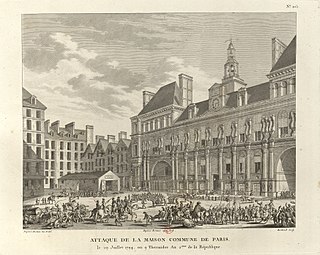
The Paris Commune during the French Revolution was the government of Paris from 1789 until 1795. Established in the Hôtel de Ville just after the storming of the Bastille, it consisted of 144 delegates elected by the 60 divisions of the city. Before its formal establishment, there had been much popular discontent on the streets of Paris over who represented the true Commune, and who had the right to rule the Parisian people. The first mayor was Jean Sylvain Bailly, a relatively moderate Feuillant who supported constitutional monarchy. He was succeeded in November 1791 by Pétion de Villeneuve after Bailly's unpopular use of the National Guard to disperse a riotous assembly in the Champ de Mars.
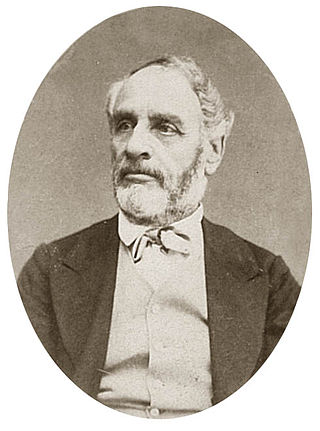
Louis Charles Delescluze was a French revolutionary leader, journalist, and military commander of the Paris Commune.

Gaston Alexandre Auguste, Marquis de Galliffet, Prince de Martigues, was a French general, best known for having taken part in the repression of the 1871 Paris Commune. He was Minister of War in Waldeck-Rousseau's cabinet at the turn of the century, which caused a controversy in the socialist movement, since independent socialist Alexandre Millerand also took part in the same government, and was thus side by side with the Fusilleur de la Commune.
Blanquism refers to a conception of revolution generally attributed to Louis Auguste Blanqui (1805–1881) that holds that socialist revolution should be carried out by a relatively small group of highly organised and secretive conspirators. Having seized power, the revolutionaries would then use the power of the state to introduce socialism. It is considered a particular sort of "putschism"—that is, the view that political revolution should take the form of a putsch or coup d'état.

Théophile Charles Gilles Ferré was one of the members of the Paris Commune. He authorized the executions of Georges Darboy, the archbishop of Paris, and five other hostages, on 24 May 1871. He was captured by the army, tried by a military court, and was shot at Satory. He was the first of twenty-five Commune members to be executed for their role in the Paris Commune.

Benoît Malon, was a French Socialist, writer, communard, and political leader.

The Vigilance Committee of Montmartre was a political association and provisional administrative organization established on the Rue de Clignancourt shortly before the Siege of Paris (1870–1871). Closely affiliated with the International Workingman's Association, its members had strong connections with the various anarchist and socialist tendencies of the time, particularly those represented by Karl Marx, Mikhail Bakunin, and Auguste Blanqui.
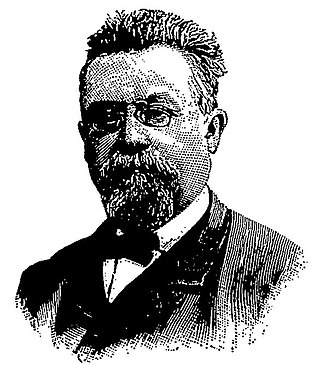
Ernest Granger was a French politician, a veteran of the Paris Commune of 1871, a Blanquist socialist and subsequently a Boulangist nationalist.
Gustave Tridon (1841–1871) was a French revolutionary socialist, member of the First International and the Paris Commune and anti-Semite.

Émile François Désiré Eudes was a French revolutionary, Blanquist socialist and participant in the Paris Commune.
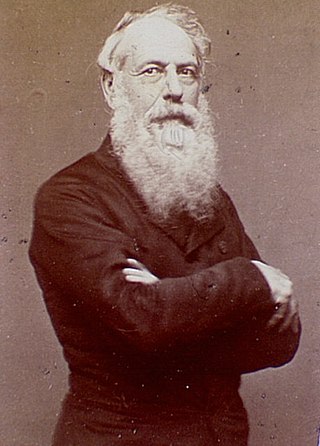
Jules Miot (1809–1883) was a French republican socialist who participated in the French Revolution of 1848 and in the Paris Commune of 1871. He was also a member of the First International.
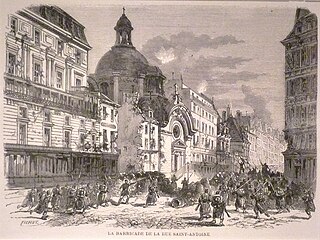
The semaine sanglante was a weeklong battle in Paris from 21 to 28 May 1871, during which the French Army recaptured the city from the Paris Commune. This was the final battle of the Paris Commune.
The Massacre in the Rue Haxo was a massacre of priests and gendarmes by communards during the semaine sanglante at the end of the Paris Commune in May 1871.
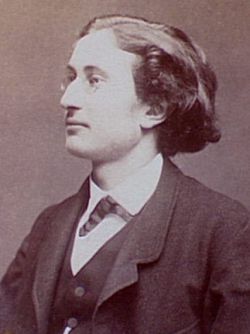
Gaston Pierre Da Costa was a French teacher, left-wing militant and communard.
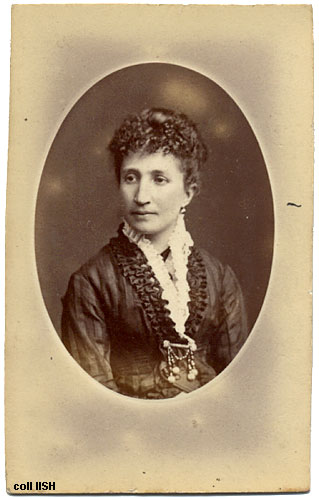
Marie Ferré (1845–1882) was a French activist involved in the Paris Commune.

Crimes de la Commune is a series of photomontages produced by French photographer Ernest-Charles Appert at the end of the Paris Commune. A Parisian photographer accredited to the Tribunal de la Seine, and sometimes cited as the forerunner of bertillonage, he photographed Communards incarcerated in Versailles and used these portraits in photomontages. This practice of committed photomontage is the subject of much debate. Furthermore, these photographs raise issues of both commercial practice and copyright.



